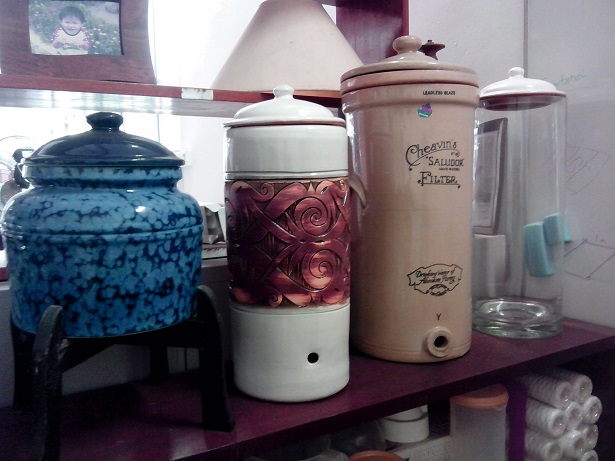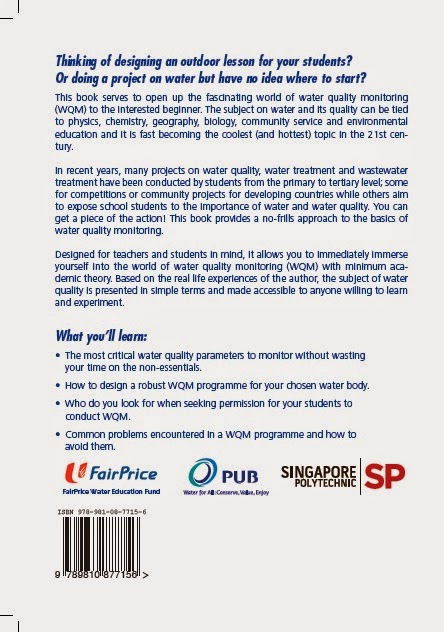Based on the reports (check out my previous post for links) on this latest oil spill in Singapore waters, the response is run-of-the-mill. Floating booms, dispersants and skimmers are traditional methods to combat spills of all sorts but they have their limitations. And sometimes, they are plain inappropriate to use.
For example, in 2000 & 2001, 2 phenol spills occurred near Changi/ Pulau Ubin. (With such a high shipping traffic in our waters, spillage of chemicals and oil is inevitably common.) Floating booms were used then in an attempt to block off the spill. Being moderately soluble (read: much more soluble compared to oil) in water and slightly denser than water, DO NOT expect it to float on the water surface to be corralled by mere floating booms. Phenol will simply dissolve and disperse into the water column, possibly killing many marine organisms along the way. The good news is phenol is reasonably easy to decompose (yes, something toxic to us need not be so to bacteria) so it should be all gone in a few days.
All right, back to our current crude oil spill.
1. Floating boom
Extremely versatile devices. The inflatable types are especially easy to deploy. Other types can be linked together into various lengths to corral or block off an oil spill.
One limitation is of course certain chemicals do not float on the surface for floating boom to work their magic. Another is they do not work so well in rough sea and foul weather. Oil (or other chemicals) can simply be splashed over or pushed under the boom.
Figure: 1 possible type of floating boom
2. Dispersants
Dispersants basically contain detergent, solvent and other stuff. They are supposed to emulsify the oil into tiny oil droplets. Theoretically, this should allow better decomposition.
In the old days, we would be concerned about the toxicity of dispersants on marine life and their persistence in the environment. However, nowadays non-toxic and biodegradable dispersants are in widespread use. Nevertheless, they still have limitations. One: they are not so effective against heavy oils and weathered oils which are too tough to break up. Another common problem is the lack of adequate vehicles (boats, planes, helicopters) to discharge the dispersants, especially for large spills that cover a wide area.
One other concern: the way they work is a double edged sword. Small oil droplets do indeed facilitate decomposition but they also can be taken up by larger organisms more easily. Instead of just floating on the surface, the oil is now "dispersed" downwards where the marine life has nowhere to hide.
3. Skimmers
These are essentially boats fitted with devices to soak up the oil.
Figure: A skimming device dipped into oil. The moving belt is coating with a sorbent material. Upon reaching the rollers, the oil is squeezed out so that the sorbent can container to soak up a new batch of oil.
Figure: Skimming device fitted underneath a boat
Figure: Combination of floating boom and skimmer. The boom is towed between a barge (yellow) and a skimmer (red) which soaks up the oil trapped within the boom.
Figure: A common configuration. 2 barges (yellow) tow a floating boom. The oil collected within the encirclement is removed by a skimmer.
As you probably can guess by now, if the oil spill is huge, you are going to need lots of skimmers (and supporting logistics) to remove it. Similarly, the operation can be hindered by rough sea and foul weather.
However, despite the limitations mentioned, it is still BETTER to clear the oil while it is at sea. Once the oil comes ashore, the problems outlined above will seem like child's play. Labour, time and cost will balloon astronomically if beach cleaning is required.
* All figures are hand drawn by me. Please contact me if you want to use them :-)










